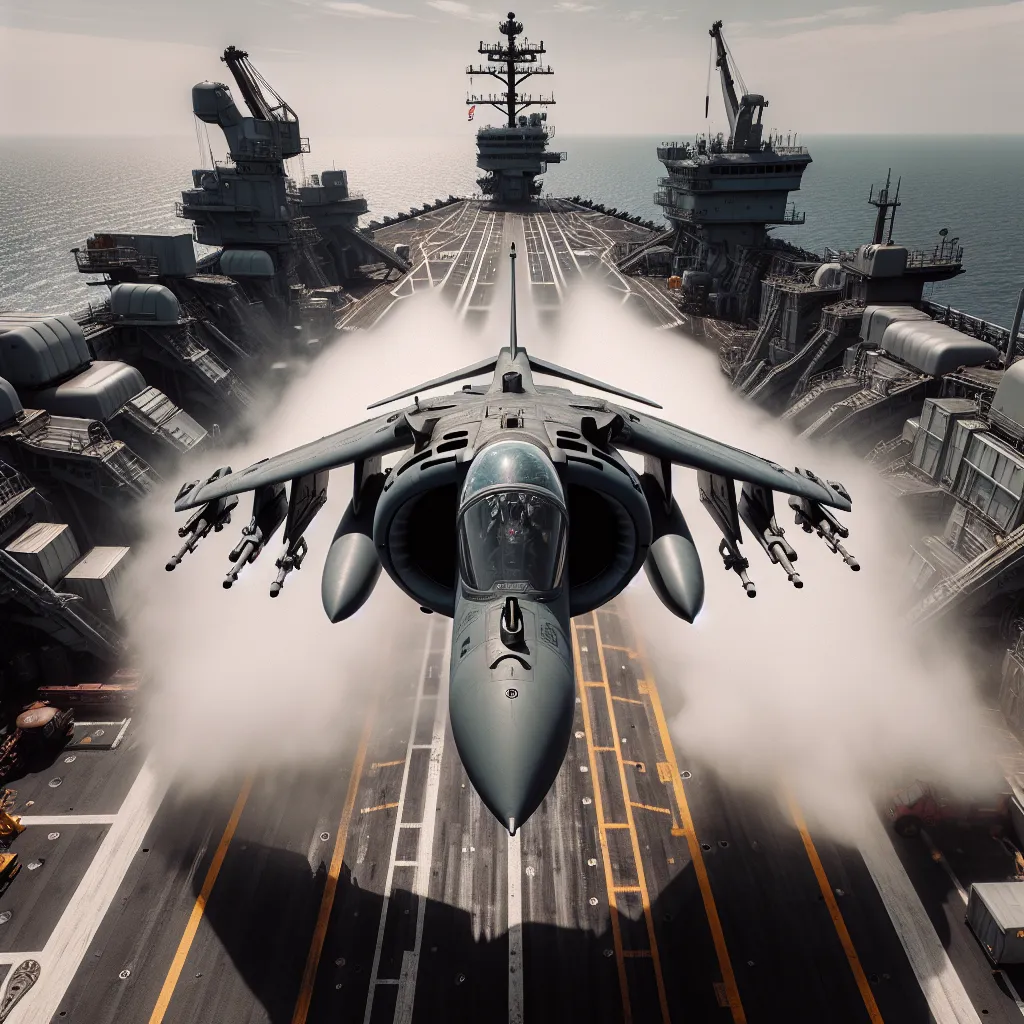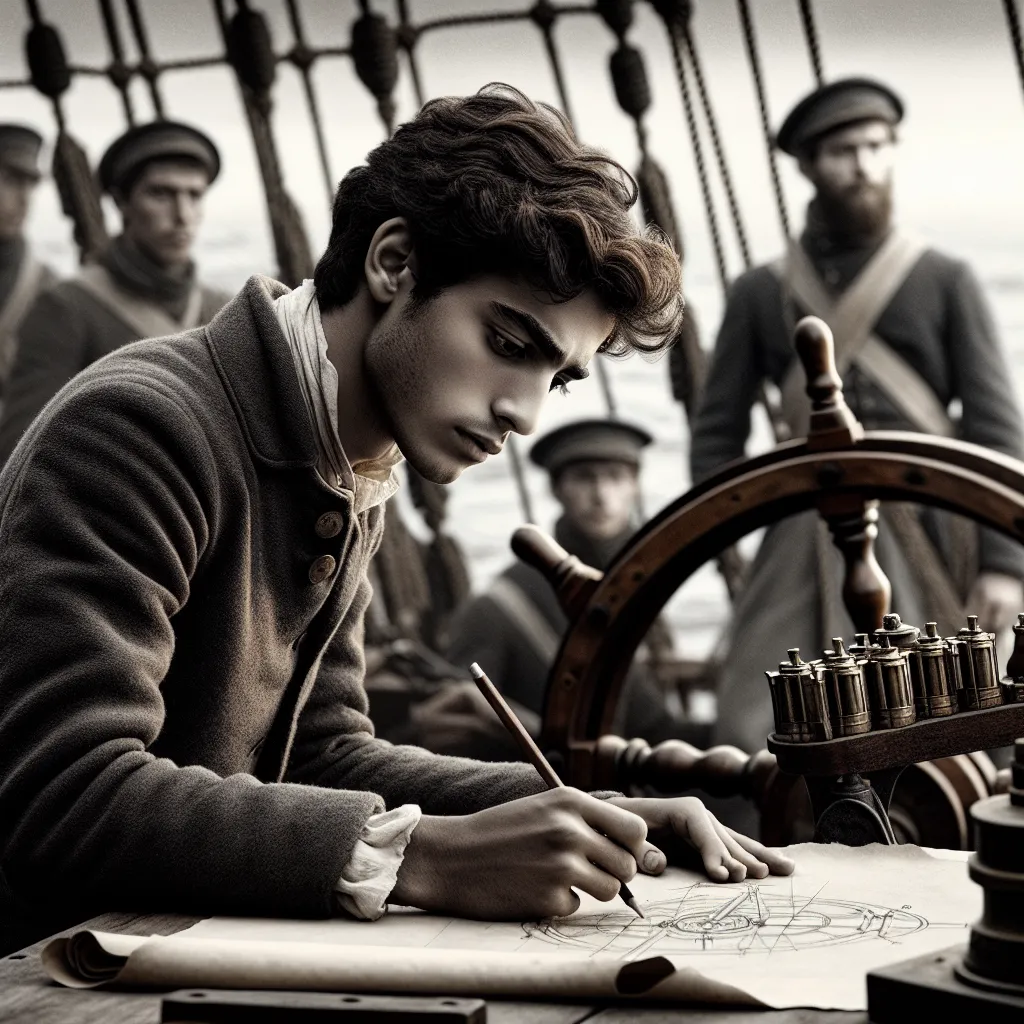Flying has always been a blend of thrilling speed and inherent dangers. The journey of aviation showcases man’s relentless pursuit of flight, leading to innovations that often defy nature itself. We’ve seen decades of determination, spawning a myriad of exotic flying machines, each with their unique abilities.
One of the standout aircraft in this history is the Harrier Jump Jet. This British marvel can hover mid-air, eliminating the need for runways. It’s a perfect blend of helicopter and high-performance jet, making it a versatile component of the Royal Air Force. Known for its agility and low-level bombing prowess, this jet’s ability to land almost anywhere provides a critical tactical advantage.
The Harrier is built around the Pegasus engine, with its four unique nozzles allowing vertical takeoffs and landings. Despite its groundbreaking technology, the Harrier demands the highest level of skill from its pilots. Training is grueling, ensuring only the best can handle this extraordinary machine.
Vertical Takeoff and Landing (VTOL) aircraft like the Harrier were developed to overcome runway dependencies, with their roots tracing back to WWII innovations. The journey from early prototypes to the modern Harrier has been marked by numerous groundbreaking designs.
The US Marines extensively use Harriers for their amphibious assault operations. These jets, capable of short takeoffs from compact decks, provide air support in conditions unsuitable for conventional jets, crucial during amphibious assaults.
Shifting gears to another extreme, air shows and combat training reveal the sheer prowess and risk involved in modern aviation. Like the Thunderbirds, who perform precision maneuvers at unbelievable speeds, showcasing the peak of human and machine synergy. However, such prowess comes with high stakes, underscored by tragic accidents like the 1988 airshow crash in Germany.
Aviation’s appeal extends beyond military applications. Sky Warriors, for instance, offers civilians a taste of dogfighting in vintage 1950s fighter planes, fulfilling adrenaline-fueled fantasies in safe, controlled environments.
On the other end of the spectrum is the quaint and fascinating world of home-built planes. These aircraft, often constructed in garages, prove that innovation isn’t confined to large manufacturers. Planes like Leon’s DA-11, powered by a lawnmower engine, demonstrate that simplicity and ingenuity can achieve remarkable results.
Moving to more experimental designs, the long-ez and its famous designer Burt Rutan showcase aviation’s creative spirit. Rutan’s Voyager, which circled the globe non-stop, and his latest creation, the boomerang, reflect a bold vision pushing the boundaries of conventional aircraft design.
A more niche yet captivating aspect of flying involves human-powered planes like the Gossamer Albatross, which once crossed the English Channel powered solely by a cyclist. This spirit of innovation continues with modern projects like NASA’s Pathfinder, a solar-powered marvel capable of soaring to unprecedented altitudes.
Elsewhere, adventurers seek gravity-defying thrills with extreme sports like base jumping and aerobatic hang gliding. Gliders, with their silent, engine-less flight, offer an intimate experience with the air currents, exemplified by the super floater which combines the ease of hang-gliding with the performance of sailplanes.
Even within ground vehicle-inspired aviation, efforts like the Mueller Skycar envision a future where flying cars might become an everyday reality. Though still experimental, these projects embody the age-old dream of blending terrestrial convenience with aerial freedom.
In conclusion, from military jets to DIY aircraft, and human-powered flights to future Skycars, aviation’s evolution is a testament to human ingenuity and our unending quest to conquer the skies. As new technologies emerge, the dream of seamless flight continues to captivate and drive us forward.






